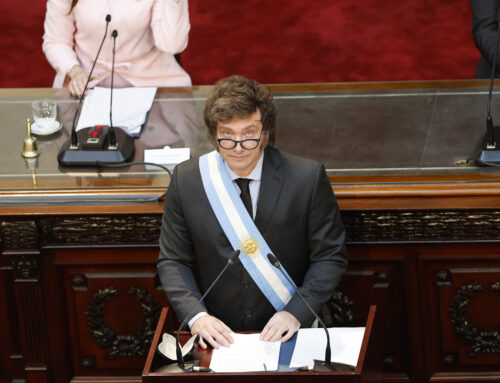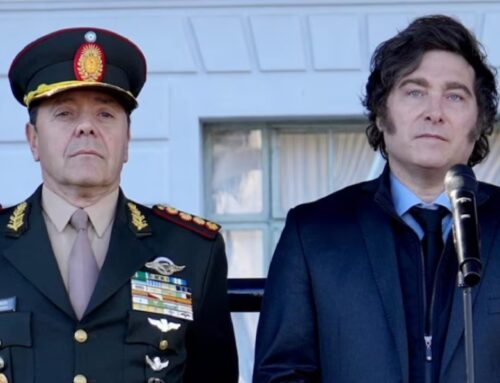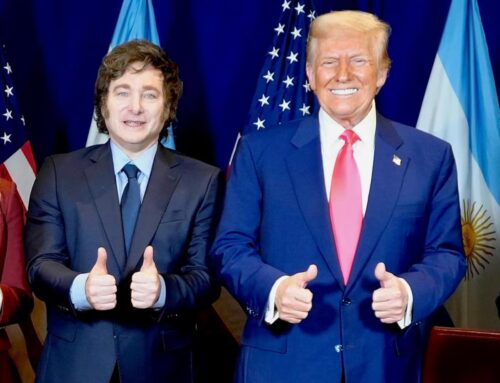In a recent column titled “Time for Growth,” President Javier Milei outlined his comprehensive strategy to revitalize Argentina’s economy. Drawing from classical and contemporary economic theories, he emphasized structural reforms aimed at fostering sustainable development.
-
Capital Accumulation and Property Rights: Economic growth hinges on the accumulation of both physical and human capital, which is only feasible when property rights are respected.
-
Savings as Investment Fuel: Savings, whether domestic or foreign, are essential to finance investments that drive economic expansion.
-
Macroeconomic Stability and Fiscal Balance: Eliminating the fiscal deficit halts monetary emission, paving the way for a future free from inflation.
-
Reducing Public Spending Without Raising Taxes: A significant fiscal adjustment was achieved by cutting public expenditure, avoiding tax hikes, and even implementing tax reductions.
-
Declining Inflation and Rising Economic Activity: A notable slowdown in price increases has been observed, accompanied by signs of economic recovery.
-
Destruction of the Inflationary Process: By halting monetary emission and achieving fiscal balance, the inflationary process has been dismantled.
-
Elimination of Distortions: Removing price controls and subsidies has corrected market distortions, leading to more accurate pricing and resource allocation.
-
Labor Market Reform: Modernizing labor laws aims to reduce unemployment and encourage formal employment.
-
Opening to International Trade: Reducing trade barriers and promoting exports are strategies to integrate Argentina into the global economy.
-
Institutional Quality and Rule of Law: Strengthening institutions and ensuring the rule of law are fundamental to attracting investment and fostering economic growth.
President Milei’s plan underscores a commitment to liberal economic principles, aiming to position Argentina as a competitive player on the global stage.






Leave A Comment